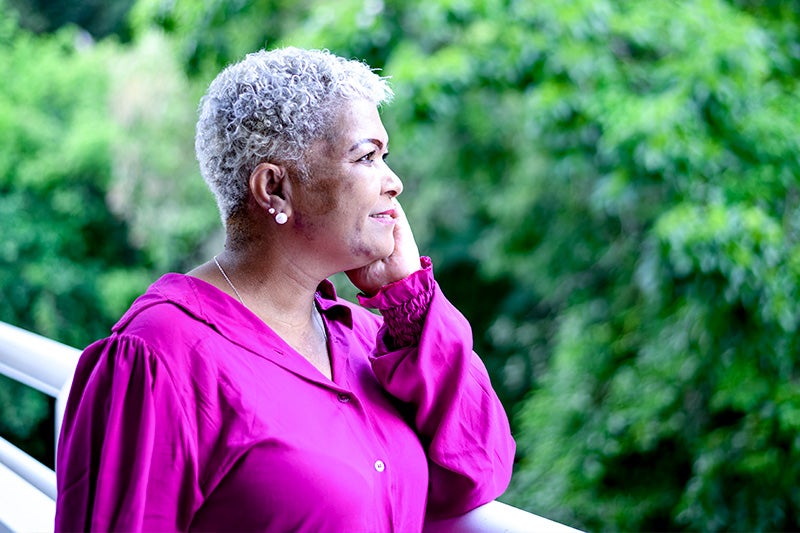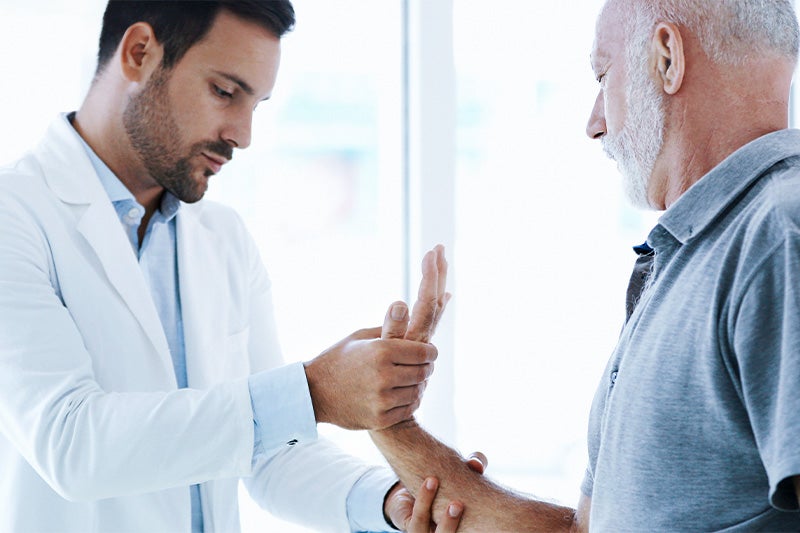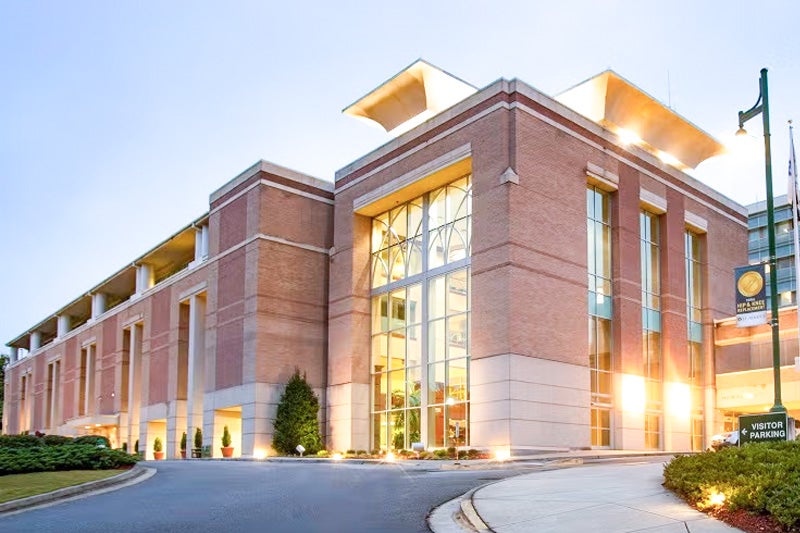Could I Be at Risk for a Stroke? Signs to Watch For and Prevention Tips
May 12, 2025Categories: Heart Health
Tags: Stroke
Strokes don’t just happen “out of the blue.” In many cases, there are warning signs and risk factors that show up long before a stroke occurs. At St. Mary’s Health Care System, we believe that knowing what to look for—and what steps to take—can truly prevent disability and even be life-saving.
Whether you’re concerned about yourself or someone you love, this guide will help you better understand stroke risk and how to stay proactive about prevention.

What Is a Stroke?
A stroke happens when blood flow to the brain is blocked (ischemic stroke) or when a blood vessel in the brain bursts (hemorrhagic stroke). Brain cells can start to die within minutes without oxygen, so time is critical.
The good news? Many strokes are preventable with the right care and lifestyle changes.
Know the Warning Signs: Think B.E.F.A.S.T.
When a stroke is happening, every second counts. Learn the B.E.F.A.S.T. acronym so you can recognize the signs quickly:
- Balance: Does the person have a sudden loss of balance or coordination?
- Eyes: Is the person experiencing double vision, or can they see out of one eye?
- Face: Is one side of the face drooping?
- Arms: Can the person raise both arms? Does one drift downward?
- Speech: Is speech slurred or hard to understand?
- Time: If you see any of these signs, call 911 immediately.
Signs arise suddenly. Other possible signs include sudden confusion, numbness (especially on one side of the body), dizziness, or a severe headache with no clear cause.


Am I at Risk?
While anyone can experience a stroke, certain risk factors raise the chances. Take a moment to ask yourself:
- Do I have high blood pressure, high cholesterol, or diabetes?
- Do I smoke or use tobacco products?
- Do I get regular physical activity?
- Is my diet high in processed foods, salt, or saturated fats?
- Do I drink more than moderate amounts of alcohol?
- Do I have a family history of stroke or heart disease?
If you answered “yes” to any of these, you may be at higher risk, but there’s still plenty you can do to protect yourself. Take our stroke health risk assessment to better determine your risk of stroke.
Prevention Tips: Small Changes, Big Impact
Stroke prevention isn’t about perfection—it’s about making consistent, healthy choices that work for you. Here’s where to start:
Your Health Is Worth Protecting
A stroke can change your life, but so can the steps you take to prevent one. At St. Mary’s, we’re here to help you stay informed, supported, and empowered to make healthy choices.
If you’re concerned about your stroke risk or want help getting started with prevention, schedule a visit with your provider. Together, we can help you protect your brain and your future.

